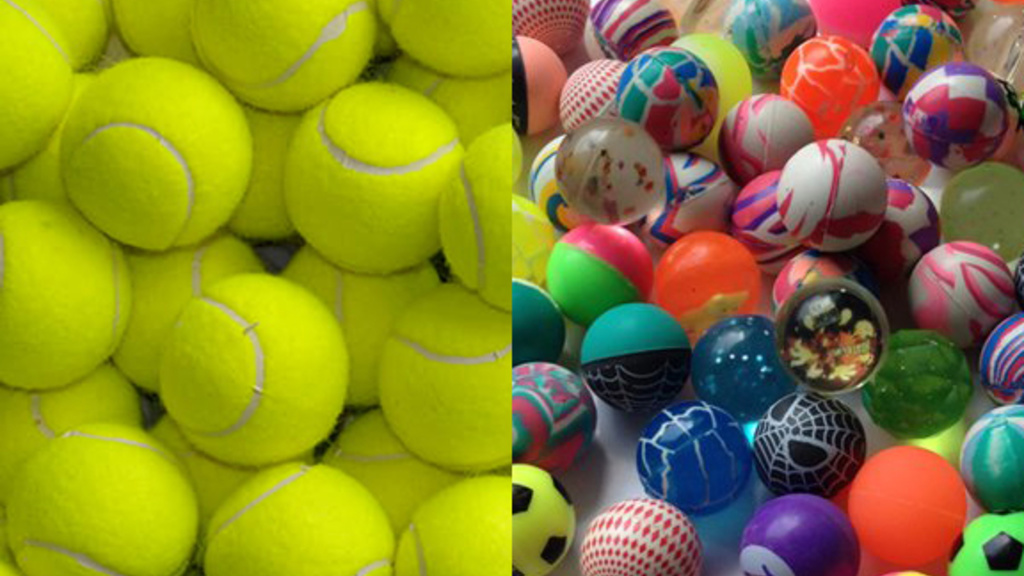Breadcrumb
- Home
- Research
Research

Categorization
It is a remarkable fact that pigeons and other birds are able to form perceptual and abstract categories with considerable proficiency, as do humans and nonhuman primates. Realizing that categorization may be exhibited by a wide range of species with diverse neural structures and evolutionary histories strongly suggests that elucidating the mechanisms of category learning can go a long way toward our comprehending how organisms adapt to complex and everchanging environments.
Recently, we have been studying the role of attention in category learning, and to what extent pigeons may deploy rule-based or associative strategies when learning to categorize a variety of stimuli.

Cognitive Flexibility
Recent years have seen increasing interest in the investigation in animals of executive function, a suite of higher-order cognitive capacities traditionally ascribed solely to human beings.
A hallmark of executive function involves flexibly adjusting one’s behavior depending on the task at hand. We have explored pigeons’ cognitive flexibility to concurrently perform different tasks (e.g., task switching), and to what extent complex and flexible behaviors can be exhibited even in the absence of a prefrontal cortex.

Same-Different Conceptualization
We published our first report of abstract conceptualization in 1995. We started studying same-different concept learning in pigeons because it is the quintessential abstract concept and because some researchers had deemed pigeons to be incapable of acquiring this concept.
Since that first study, we have conducted dozens of experiments showing that pigeons can acquire a same-different concept: they readily learn to discriminate between arrays of same and different items as well as robustly transfer their discrimination to novel arrays of items. To do so, pigeons (as well as baboons and human adults) use the amount of variability in a collection of items, as measured by entropy.